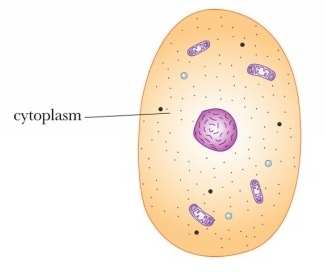

MedFriendly®


Cytochylema
Cytochylema is the more fluid part of the cytoplasm
that fills up the spaces between the living contents of
a cell. Cytoplasm is a gel-like substance that fills up
a cell. A cell is the smallest, most basic unit of life,
that is capable of existing by itself. Cytochylema is
distinguished from the spongioplasm, which is the
more solid substance in the cytoplasm. Cytochylema
has been divided into two parts: cytochym and
plasmochym. Cytochym is a watery sap like
substance whereas plasmochym is a thick fluid of
the cell body. Water in the human body is said to
basically consist of cytochylema.
Cytoplasm inside a cell.
FEATURED BOOK: Molecular Biology of the Cell
Cytochylema is also known as cell-juice, cytolymph, paraplasma, interfilarmasse,
paramitom, and substantia hyalina. The term cytochylema was coined by scientist,
Eduard Strasburger. Strasburger was one of the most famous botanists (plant biologist)
of the 19th century and he developed the modern laws of plant cytology.
Cytology is an area of biology that deals with the study of the structure, function,
multiplication, life history, problems, diseases, and chemistry of the cell. Cytochylema
comes from the Greek word "kytos" meaning "a hollow cell," and the Greek word "chylos"
meaning "juice." Put the two words together and you have "juice (of) a hollow cell.
"Where Medical Information is Easy to Understand"™
















